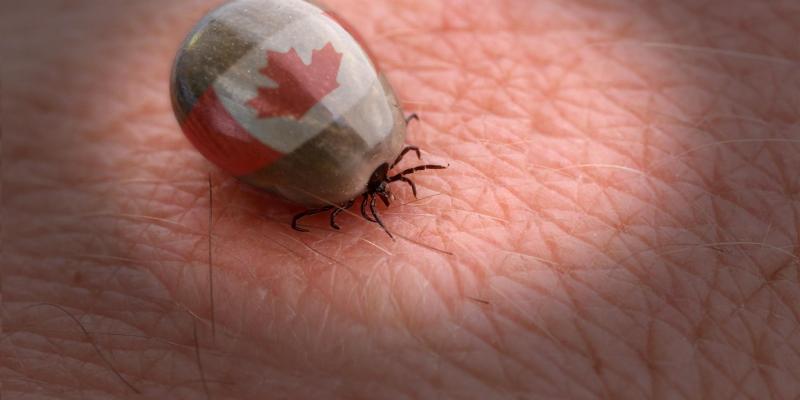There has recently been some press regarding Lyme disease transmitted by black legged ticks.
“Vector-borne diseases” are infectious agents such as viruses, bacteria and parasites that living creatures carry and pass on to other living creatures. Disease carriers, called “vectors,” are usually mosquitoes, ticks and mammals (such as cats and farm animals).
Some local vector borne diseases include: Toxoplasmosis, Lyme Disease, Avian Influenza and West Nile Virus. Toxoplasmosis is an infection caused by a parasite found in birds and mammals, especially cats and farm animals. People with healthy immune systems usually have no symptoms or mild flu-like symptoms (e.g., fever, sore throat, muscle aches and tiredness). However, the fetuses (unborn babies) of pregnant women can be severely affected. Anyone who is pregnant or thinking of becoming pregnant should follow precautions around household cats and with handling meat. People can catch Toxoplasmosis by cleaning cat litter boxes; working in gardens or playing in sandboxes that contain cat feces; eating raw or undercooked meat or drinking unpasteurized milk.
I’ve written about Lyme disease previously, so I won’t go into detail. Suffice to know that it’s a vector borne disease transmitted by ticks — black legged ticks (formerly known as deer ticks).
Mosquitos can transmit diseases such as West Nile Virus (WNV). WNV was first isolated in Africa in 1937 and first found in North America in 1999. It has established itself in nearly all of the United States and much of Canada. Symptoms of WNV include: fever, headache, tiredness, body aches, occasional skin rash (on the trunk of the body), and swollen lymph glands. While the illness can last as short as a few days, even healthy people have reported being sick for several weeks. The time between the mosquito bite and the onset of symptoms, called the incubation period, is between three and 15 days.
Vector Control is a method of reducing transmission rates and includes:
1) Habitat Control (such as stagnant water removal, disposal of old tires and cans which serve as mosquito breeding environments);
2) Reducing Contact (examples include window screens on homes, or protective clothing to reduce the likelihood contact with vectors);
3) Chemical Control using insecticides, larvicides, rodenticides, and use of personal repellents can reduce incidence of insect bites and thus infection.
4) Biological Control such as the use of natural vector predators, such as bacterial toxins or botanical compounds, can help control vector populations.
Take care of yourselves and each other.








